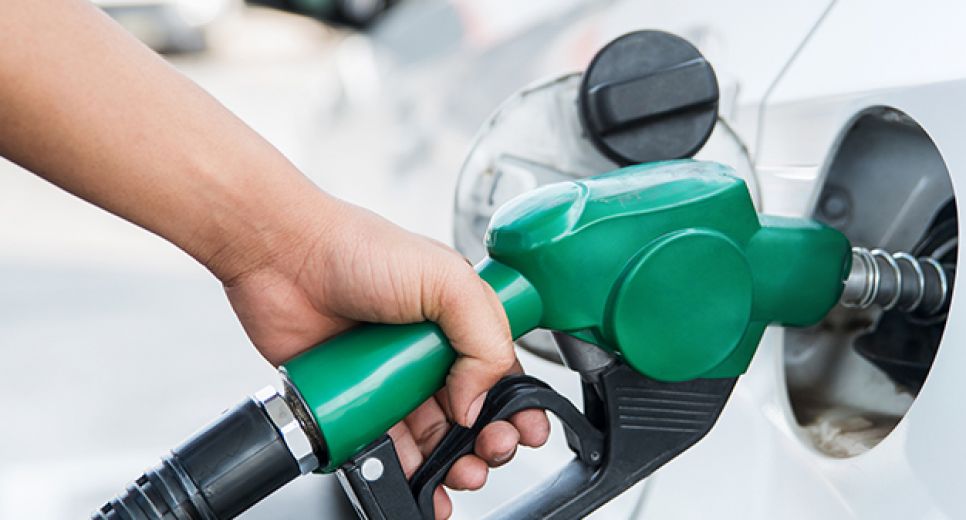According to the CMA, petrol and diesel prices rose in the UK in-line with inflation and increased wholesale costs but fell slowly once those costs had been reduced.
This analysis comes as part of an initial update on the Road Fuel Market Study from the CMA, which was launched in July.
The study follows allows the CMA to use compulsory information-gathering powers to probe the entire fuel market in the UK.
This includes company level financial data, from retailers, refiners, and wholesalers.
The CMA has also conducted in-depth analysis of fuel prices over the last five years.
As a result, the watchdog found that 2022 is the most volatile year for fuel prices since records began.
Prices rose by around 50p a litre from January to July, the largest leap in fuel prices ever recorded in one year, before falling by 31p for petrol and 14p for diesel since.
The gap between diesel and petrol prices has become larger than ever reliably recorded. Diesel now costs 24p more per litre than petrol. This is largely due to Western Europe’s reliance on imports of diesel, but not petrol, from Russia.
Interim Chief Executive, Sarah Cardell said: “It has been a terrible year for drivers, with filling up a vehicle now a moment of dread for many.
“The disruption of imports from Russia means that diesel drivers, in particular, are paying a substantial premium because of the invasion of Ukraine. A weaker pound is contributing to higher prices across the board too.
“There are no easy answers to this. The question for the CMA is whether a lack of effective competition within the UK is making things worse.
“Although it is only a small proportion of the overall price, the increase in margins for many fuel retailers over the last few years is something we need to investigate further. The key thing we need to establish next is whether this development is down to competition problems or not.”
The CMA analysis also found that prices vary widely between local areas.
The watchdog looked into what may be causing the fluctuation in the price of petrol and diesel, and revealed in the study that prices are likely to be higher at petrol stations where there were very few competitors in the local area.
This is particularly true is there was supermarket petrol station nearby.
Annual retailer fuel margins have also increased in 2022.
Shockingly, the CMA’s analysis found no evidence of so-called ‘rocket and feather’ pricing in the years before 2022 – however, it has been prominent in the UK following the Russian invasion of Ukraine earlier this year.
This type of pricing happens when wholesale costs soar, leading to higher prices for customers. Following the fall in wholesale costs, retailers slowly reflect this in their prices.
In 2022, this is particularly the case when it comes to the price for diesel.
Finally, the CMA also revealed that refining margins ‘have risen and continue to be very volatile’. The main result of this is that it leads to higher prices at the pump.
After the announcement, the watchdog stated that it will continue to investigate its findings and make further announcements in the future.
Following the publication of analysis by the CMA into rising road fuel prices, RAC fuel spokesman Simon Williams said: “While it’s encouraging the CMA has found evidence of ‘rocket and feather’ pricing taking place this year, we believe there was clear evidence of it happening this time last year and in 2018 and 2019.
“Volatility has unquestionably been an issue in fuel pricing since Russia invaded Ukraine but when wholesale prices trend down for weeks at a time drivers should see pump prices do the same at a similar rate – unfortunately our data shows that this is not often the case.
“What’s happening now – as it was last December – is a massive downward shift in the price of wholesale fuel with a slow dropping of forecourt prices. Consequently, drivers are set for a more expensive time on the roads this Christmas than it should be.
“The wholesale price of petrol has fallen from 130p a litre at the beginning of October to 109p yesterday – a drop of 21p.
“Meanwhile, the average price of unleaded at the end of October peaked 166.88p, but has to date only fallen 8p to 158.91p.
“Even accounting for the accepted lag for cheaper wholesale prices to filter through to forecourts, this is too slow, particularly as the biggest retailers buy new stock so often.
“The situation with diesel is even worse as it has plummeted by 33p over the same period, but the average retail price has only come down by 8.4p from 191.12p to 182.71p yesterday.
“We strongly urge the biggest retailers to lower their prices. Unfortunately, we fear they are holding out, hoping for a rise in the price of oil later this month.”
For more analysis of UK fuel prices, see RAC Fuel Watch.
What do you make of the CMA’s findings? Should the Government be doing more to tackle the rising cost of fuel in the UK? Leave your comments below.

Complete peace of mind for less
• Cheaper than AA Price Promise or your money back^
• We get to most breakdowns in 60 mins or less
• Our patrols fix 4/5 breakdowns on the spot










